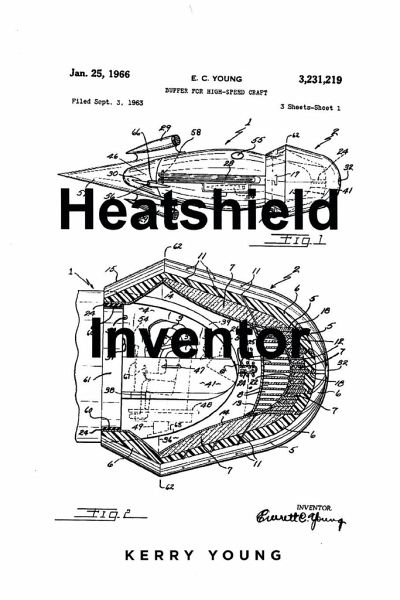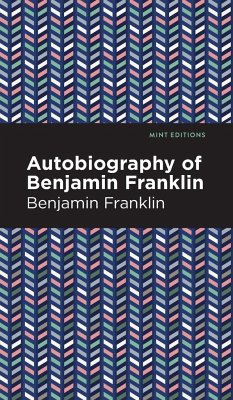
Heatshield Inventor

PAYBACK Punkte
8 °P sammeln!
In the late 1950's NACA and the Department of Defense had a problem. They could not figure out how to make a heat shield for manned spacecraft or ICBMs. The Air Force used heat-sink metals, especially copper and the Navy, on Polaris, used a beryllium heat sink shield. The Space Task Group, in March, 1958, were leaning toward the heat sink method. The Huntsville, Alabama museum for the tested nose cones all show pointed, refractory types. Then Dr. Nininger, a renowned meteoriticist, revealed to NASA's Julian Allen that meteors that land successfully are blunt and pitted. Allen claimed this disc...
In the late 1950's NACA and the Department of Defense had a problem. They could not figure out how to make a heat shield for manned spacecraft or ICBMs. The Air Force used heat-sink metals, especially copper and the Navy, on Polaris, used a beryllium heat sink shield. The Space Task Group, in March, 1958, were leaning toward the heat sink method. The Huntsville, Alabama museum for the tested nose cones all show pointed, refractory types. Then Dr. Nininger, a renowned meteoriticist, revealed to NASA's Julian Allen that meteors that land successfully are blunt and pitted. Allen claimed this discovery. Then an unknown potato peeler inventor, Everett Young, disclosed his patented invention for manned reentry to earth. It used a sandwiched cellular construction with permeable substrate, differential ablation and a vacuum gap. NASA copied his ideas and used them on Gemini, Apollo, and now Constellation spacecraft heat shields. Young's family suffered severely as a result of NASA's disregard for the real heat shield inventor and the job promised him.














